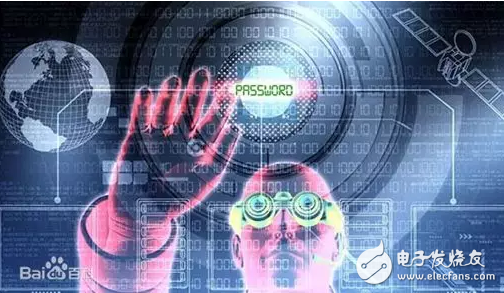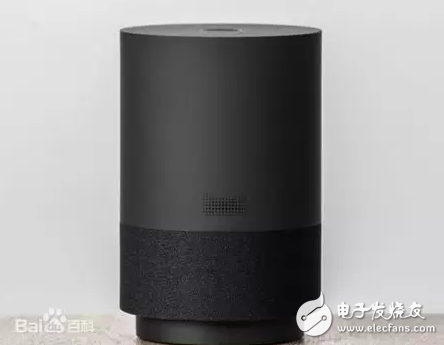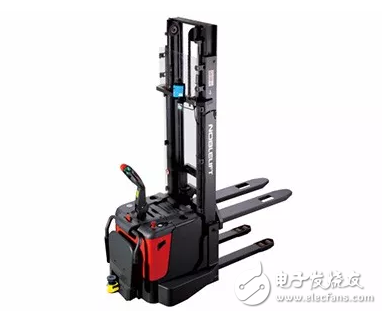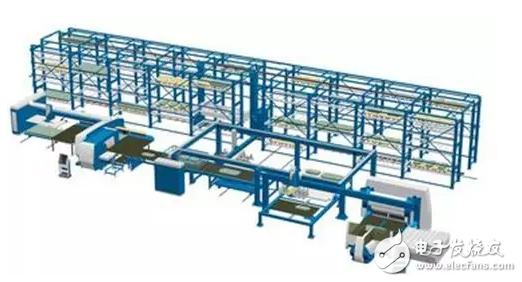In this era of gold everywhere, people, seize the opportunity is equal to having a huge amount of wealth; enterprises, grasping the opportunity is equal to mastering a good track. With China's advancement in the field of automation, we can fully believe that in the next few years, robots or automation companies engaged in these technologies will likely become the industry's unicorns.
First, robot vision technologyRobot vision refers to the use of visual information as input, information processing, and extraction of useful information for the robot. This technology has been developed since the 1960s, from the identification of objects on the plane like blocks to the recognition of objects such as desks and telephones, and the development of gestures and facial expressions. The human-machine interface function can be realized. Robot vision can be applied in several aspects: providing visual feedback for "robot motion control", visual navigation of mobile robots, replacing or helping manual visual inspection of quality control and safety inspections.

Industrial robots plus vision can meet the various sorting, inspection and assembly work of complex production lines. With mobile robots plus vision, the free path can be switched to truly realize the trackless navigation.
At present, there are many related companies in the robot vision system. They can also be used for equipment, product inspection, automatic tracking welding and so on. Robot vision technology makes some fine work no longer open loopholes and can replace people at all times. Multi-domain applications also give it a large market. It can be expected to be better applied in the industrial field in the next few years.
Second, intelligent interaction technologyThe term "smart interaction technology" is more general. It covers multiple ways and functions of intelligent interaction: conversational interaction, gesture interaction, etc.; as a kind of communication and interaction between human and intelligence, it can serve people, or Serve the robot.
Take conversational interaction as an example: Eliza was born as the first chat robot in 1966; in 1995, Alice was able to participate in the human dialogue program; in 2001 Smarterchild could provide off-the-shelf functional services; then IBM developed IBM Watson ConersaTIon, able to chat and learn; then, in 2011, when Steve Jobs showed the Siri intelligent voice assistant at the iphone4S conference, conversational intelligent interaction technology has already entered the initial stage. In the following six years, this technology has been better applied on Amazon's Amazon Echo, and the smart speaker, a conversational intelligent interactive technology, has appeared in specific products. Domestic Baidu, Tmall, Xiaomi, and Keda Xunfei have also started research and production in this area.

In addition to conversational interactive gesture interaction, the most promising interaction technology in the AR/VR field has also been well developed.
Intelligent human-computer interaction is an important driving force to promote the intelligent development of information technology. It is changing from the traditional human adaptation machine to the machine trying to understand people's interaction intentions, including voice interaction, eye movement interaction, gesture interaction, brain-computer interaction and so on. Intelligent interactive technology allows machines to better serve people, while also giving them the opportunity to learn more.
Third, automatic driving technologyWhen it comes to autonomous driving technology, many people's minds are fixed on driverless cars, and it is not true that their technology is difficult to be applied in a few years. In addition to its application in the automotive sector, there are also warehousing and logistics industries, agricultural self-driving vehicles, and partially enclosed sites (scenics, docks, etc.).
Needless to say, in the automotive sector, Google, Tesla and many car companies are developing this technology. Even in 2016, the US government proposed to reduce the number of deaths from domestic traffic accidents to zero – autonomous driving technology is the cornerstone. However, these technologies have not been widely used, and it is difficult to appear around in three to five years.
The automatic driving application is the most basic and mature in utilizing technology in the warehousing and logistics industry – such as the Kunshan unmanned sorting center of Jingdong Logistics and the Guangdong Huiyang robot warehouse of Tmall. At present, many AGV robot companies are actively trying unmanned (visual) solutions, while domestic laser radar (single line, multi-line) also has certain market applications, this technology path will directly affect the future price of AGV robots. Going and applying.

For example, Shenzhen Future Robot specializes in the development of unmanned industrial vehicles (forklift AGV), which has been applied in many fields.
In addition, agricultural unmanned driving also has a large market, such as Shenzhen's Jingzhi Hi-Tech has been practiced in the direction of agricultural automatic driving.
Fourth, flexible system integration technologyFlexible system integration is different from the traditional integrated business, which further reflects the comprehensive strength of an enterprise and its ability to understand and innovate flexible production lines. Flexibility means that every production line and every automation equipment needs to be quickly changed lines, tooling, fixtures, software systems, etc., along with the pace of production.
In order to improve the flexibility and production efficiency of the manufacturing industry, shorten the product production cycle, and improve the yield rate, flexible automation system integration will emerge from time to time - especially in the 3C field. The speed of 3C electronic industry renewal is accelerating, and the continuous introduction of new products has become the most important market guarantee for major manufacturers. Therefore, how to adapt automation equipment to flexible production becomes the biggest problem.

In order to solve the problem of automated flexible lines, many companies are outsourcing to seek automated production lines. Taking mobile phone manufacturers as an example, the automated flexible production lines of Apple, Huawei, OPPO and VIVO are currently designed by other companies that provide automation services.
Currently, most system integrators are exploring the best path for flexible solutions. For example, Shenzhen Orange Automation uses 3C as the incision, and special assembly and testing services for enterprises. Foxconn, Cisco, Apple, and Huawei all have multiple flexible automatic assembly and inspection production lines.
In addition to the above technologies, breakthrough technologies will emerge in more new technology fields in the future. Technology is the best productivity. In the future, whoever can occupy the leading role of technology will surely take the lead in the market.
China leading manufacturers and suppliers of Single-Element Detector
Single-Element Detector,Hortwave Detector Unit,Swir Infrared Detector,Swir Ingaas Unit Detector
Ningbo NaXin Perception Intelligent Technology CO., Ltd. , https://www.nicswir.com